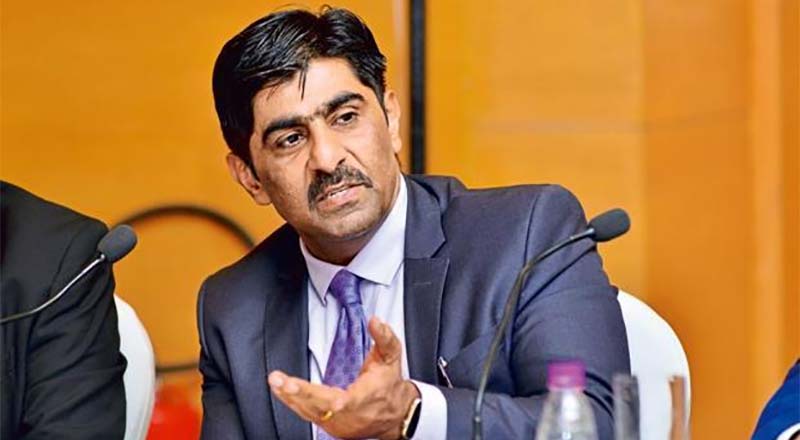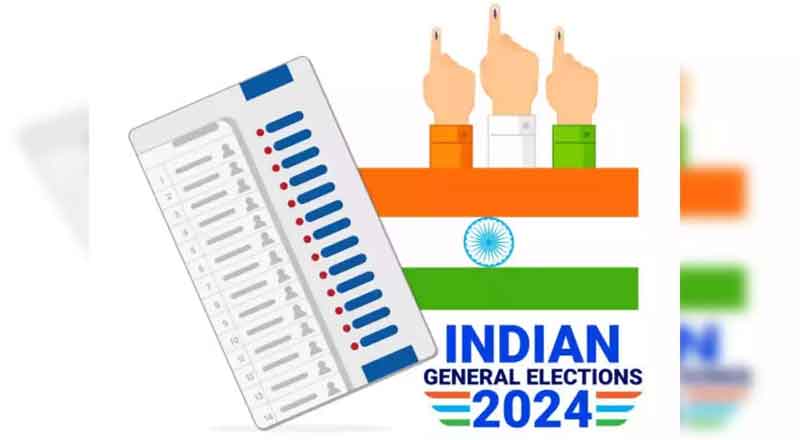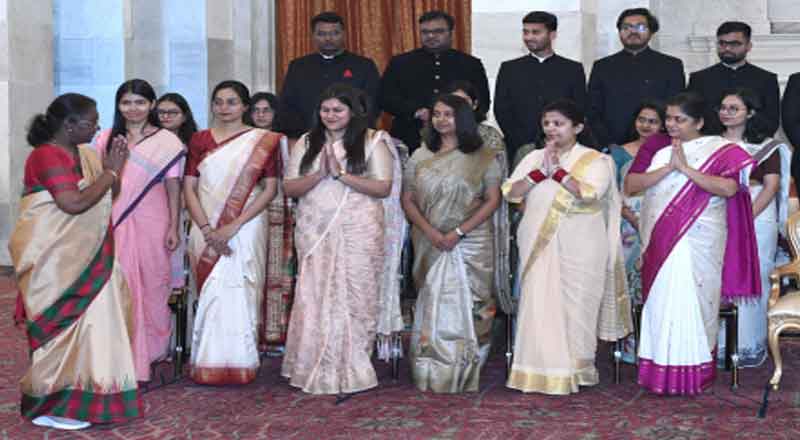YES BANK is to bring innovation close to the business to achieve concrete results. We are the first bank in India to successfully implement innovation in Supply Chain Finance using Blockchain and Application Programming Interface (API) Banking, says Anup Purohit, Group President and Chief Information Officer, YES BANK.
In YES BANK, we set out to create a foundation for its digital transformation that includes consideration to integrate customer-centric solutions, technological architecture and an approach to big data. Enabling various facets of the business operations and digitisation drive across the value chain which has brought a competitive advantage, improved customer experience, relationship management and optimised cost enabling top-line revenues.
We were the first bank in India to successfully implement innovation in Supply Chain Finance using Blockchain and Application Programming Interface (API) Banking. In the last few years, we have invested heavily in revamping our business-aligned technology systems, launched self-serviced digital products, revamped our mobile application, and launched an exclusive SME mobile app, which was a first in the country.
We also created a SIM sleeve enabled payment solutions for the feature phone aimed at a segment of unbanked or underbanked customers. The Bank has implemented several AI-driven initiatives including personal banking assistant, chatbots to disburse information on loan products, process automation using Robotic Process Automation (RPA), etc. Along with process optimisation, product and services experimentation, a collaborative co-creation community has been created to improve customer experience. In addition to all these, we have been engaging with startups through our start-up accelerator program called YES Fintech.
We have seeded and scaled several technologies that have had a multiplier effect on both, our business as well as on the entire Fintech ecosystem. The current focus is to bring momentum in the shift from being Future Ready to Future Now – scaling interventions and moving ahead through Alliances & Relationships with underlying Technology (ART) of Banking. It is about embracing today, tomorrow to build a next-generation digital platform that can provide a ‘Unified Digital Experience’ across the internet, mobile, voice and BOT channels.
Secondly, Cloud adoption at YES BANK has only increased with every year, for the fact that it offers access to world-class enterprise technology, innovative components, advanced security features and scalability for the organisation. Cloudera’s Hadoop data warehouse has provided the best in class analytics tools to use data to analyse and predict and act.
Time is taken to ‘provision and enable’ services and applications has drastically reduced. Applications that use to take months to provision can now be within weeks. With readily available platforms and services, a traditional scenario can be a humongous task but cloud provides disaster recovery site of your choice which can be configured by just a click of a button.
Also deploying services on PAAS (Platform as a service) has helped to automate patches and software upgrades at the backend. Going forward, we are going to introduce YES Robot Chatbot on Facebook and WhatsApp which will enable customers to directly interact and perform transactions on social platforms. The entire deployment is on the cloud using the Azure PAAS services and the API channels. A hybrid implementation to deploy Current and Saving Account Ratio (CASA) and Credit Card statement application on the cloud to manage customer statement generation is also in pipeline. All of this without compromising data security.
As the bank continues to embrace newer technologies, it is critical for us to ensure the highest levels of information security and awareness among all concerned stakeholders. Once any infrastructure is ready, appropriate controls have to be put in place and periodic scanning of all applications is a must. To be ahead in this segment, we co-created a solution with a startup that can provide ‘real-time cryptographic digital transaction signing’ on a massive scale.
This is a first of its kind, multi-factor authentication solution. It is based on the advanced crypto identity model, which will aggregate user’s identities like mobile number, Government-issued identities and bank-issued identities such as account number, user-id to provide an Identity Trust Score. Crypto digital identity has all the properties and benefits of Public Key Infrastructure (PKI) and is simple to deploy, manage, distribute and use. The increased security which can secure all the digital banking transactions, POS & ATM transactions, bill payments, credit and debit card controls and more.
By complementing Digital India initiatives by PM Modi, the digital ecosystem welcomes Modi Government for its second consecutive term with higher expectations to strengthen the vision of Digital India and I am excited about this phase. In their past tenure, the Government brought in a strong focus on digitalisation and Fintech in the country. Many initiatives such as Digitising Indian Platform, Digi Locker, Swach Bharat Mobile Apps, AIforAll were implemented towards democratising technology to all.
At YES BANK, we implemented several impactful initiatives with the Government of Maharashtra such as onboarding Public Distribution System (PDS) shops onto electronic PDS initiative through which they offer basic banking services to more than 7 lakh beneficiaries. As an industry-first initiative, the Bank also implemented an end-to-end supply chain automation solution linked to digital payments for the Maharashtra State Rural Livelihood Mission (MSRLM) and many more partnered initiatives like Smart Cities (for inclusive development of cities), etc.
It has been an interesting journey for us. I am hoping to see the Government bringing emphasis and acceleration on emerging technologies such as Artificial Intelligence (AI), Machine Learning (ML), Blockchain, IoT, etc. as well as the implementation of policies and programs which have the potential to size up the digital economy in India.





